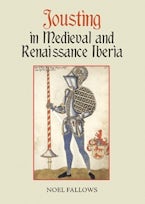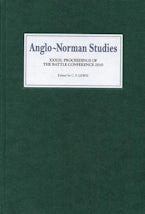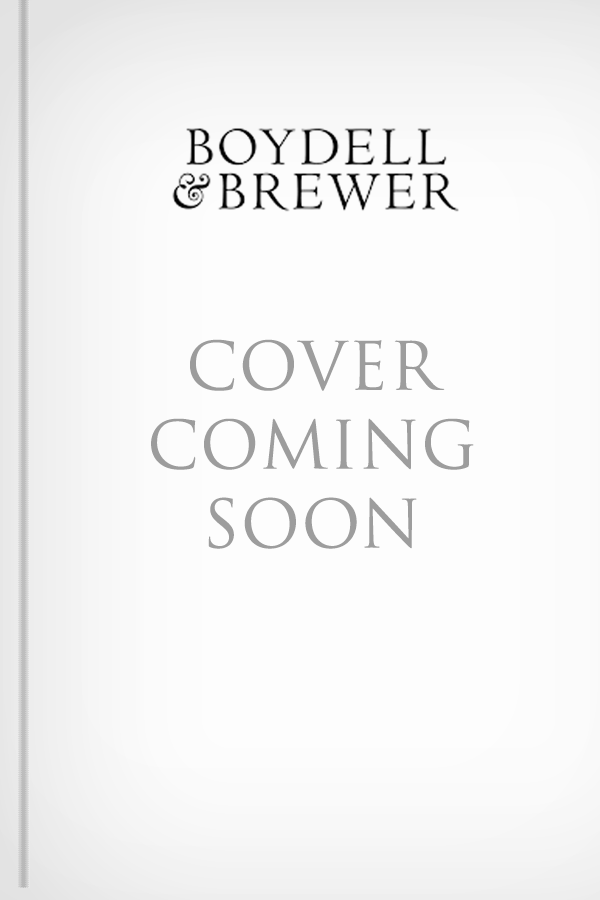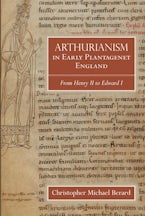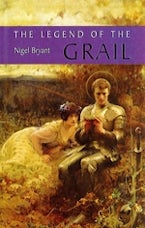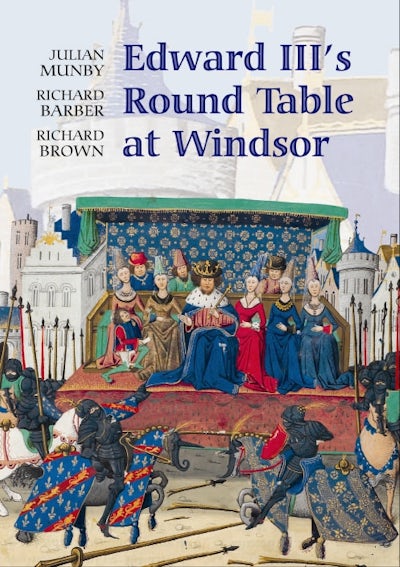
Title Details
312 Pages
24.4 x 17.2 cm
16 colour, 17 b/w, 10 line illus.
Series: Arthurian Studies
Series Vol. Number:
68
Imprint: Boydell Press
Edward III's Round Table at Windsor
The House of the Round Table and the Windsor Festival of 1344
- Description
- Author
- Reviews
A dramatic archaeological find at Windsor Castle reveals Edward III's 'House of the Round Table', designed to show off Edward's power and prestige at a crucial moment in his attempts to lay claim to the throne of France.
The image of King Arthur's Round Table is well-known, both as Thomas Malory's portrayal of a fellowship of knights dedicated to the highest ideals of chivalry, and as the great wooden table at Winchester castle. Now a dramatic archaeological find at Windsor castle sheds new light on the idea of a round table as a gathering: the 'House of the Round Table' which Edward III ordered to be constructed at the conclusion of his Windsor festival of 1344.
Thediscovery of the foundation trench of a great building two hundred feet in diameter in the Upper Ward of Windsor castle, allows the reconstruction of that building's appearance and raises the question of its purpose. Chronicles, building materials inventories from the royal accounts, medieval romances, and earlier descriptions of round table festivals all confirm the archaeological evidence: at a time when secular orders of knighthood were almost unknown,Edward declared his intention to found an Order of the Round Table with three hundred knights. This grand building, and the Arthurian entertainments he planned for it, would bind his nobles to his cause at a crucial point in hisprogress to claiming the throne of France.
His ambitious scheme, however, was overtaken by events. Victory at Crécy in 1346 confirmed Edward's reputation, and the order which he founded in 1348 was the much more exclusive Order of the Garter, rewarding those commanders who had helped him to win the Crécy campaign. His reputation was assured, the omens for his reign were auspicious; he had the loyalty of his knights and magnates. The Round Table building was abandoned, and eventually pulled down in the 1360s. Thus a major plank in the strategic thinking of one of England's greatest kings almost became a footnote in history.
Time Team discovered ... there [are] indeed foundations of a massive round building in Windsor Castle's upper ward. A splendidly produced volume, which gives full credit both to the history and to the archaeology: analysis of the chivalric background, archaeological analysis, discussion of the probable form of the building [and] the early history of Windsor Castle as well as the types of stone used by Edward III's masons. The book is attractively illustrated, and its appendices provide a full text inLatin, with translation, of the building accounts, as well as translations of many of the relevant chronicle extracts. MICHAEL PRESTWICH, THE TIMES LITERARY SUPPLEMENT
The image of King Arthur's Round Table is well-known, both as Thomas Malory's portrayal of a fellowship of knights dedicated to the highest ideals of chivalry, and as the great wooden table at Winchester castle. Now a dramatic archaeological find at Windsor castle sheds new light on the idea of a round table as a gathering: the 'House of the Round Table' which Edward III ordered to be constructed at the conclusion of his Windsor festival of 1344.
Thediscovery of the foundation trench of a great building two hundred feet in diameter in the Upper Ward of Windsor castle, allows the reconstruction of that building's appearance and raises the question of its purpose. Chronicles, building materials inventories from the royal accounts, medieval romances, and earlier descriptions of round table festivals all confirm the archaeological evidence: at a time when secular orders of knighthood were almost unknown,Edward declared his intention to found an Order of the Round Table with three hundred knights. This grand building, and the Arthurian entertainments he planned for it, would bind his nobles to his cause at a crucial point in hisprogress to claiming the throne of France.
His ambitious scheme, however, was overtaken by events. Victory at Crécy in 1346 confirmed Edward's reputation, and the order which he founded in 1348 was the much more exclusive Order of the Garter, rewarding those commanders who had helped him to win the Crécy campaign. His reputation was assured, the omens for his reign were auspicious; he had the loyalty of his knights and magnates. The Round Table building was abandoned, and eventually pulled down in the 1360s. Thus a major plank in the strategic thinking of one of England's greatest kings almost became a footnote in history.
Time Team discovered ... there [are] indeed foundations of a massive round building in Windsor Castle's upper ward. A splendidly produced volume, which gives full credit both to the history and to the archaeology: analysis of the chivalric background, archaeological analysis, discussion of the probable form of the building [and] the early history of Windsor Castle as well as the types of stone used by Edward III's masons. The book is attractively illustrated, and its appendices provide a full text inLatin, with translation, of the building accounts, as well as translations of many of the relevant chronicle extracts. MICHAEL PRESTWICH, THE TIMES LITERARY SUPPLEMENT
"A valuable contribution to the study of the cult of chivalry." JOURNAL OF MEDIEVAL ARCHAEOLOGY
"It is praiseworthy to have here such a really informative, well-illustrated and well-documented volume within only twenty-one months of the excavation. A superb book, which reflects great credit on authors and publishers alike." ENGLISH HISTORICAL REVIEW
"History and archaeology, romance and reality come together in this full study of the building located by Time Team's 2006 Big Royal Dig. [.] A truly intriguing story." BRITISH ARCHAEOLOGY
"A splendidly produced volume." TLS
"Makes a useful contribution to Arthurian studies and the history of jousting, pageantry and royal palaces." SOUTHERN HISTORY SOCIETY
"This fascinating study of a fantastical building takes a suitably multi-disciplinary approach. [...] Supplemented with documentary appendices and splendid illustrations, this in-depth study explores the historical background to a modern archaeological discovery, detailing its analogues and inspirations, ultimately revealing that role-playing games are nothing new; it can't be praised enough. PENDRAGON History and archaeology, romance and reality come together in this full study of the building located by Time Team's 2006 Big Royal Dig. [.] A truly intriguing story." BRITISH ARCHAEOLOGY
Paperback
9781843833918
February 2008
£24.99 / $36.95
Hardcover
9781843833130
May 2007
$36.95 / £25.00
Title Details
312 Pages
2.44 x 1.72 cm
16 colour, 17 b/w, 10 line illus.
Series: Arthurian Studies
Series Vol. Number:
68
Imprint: Boydell Press










